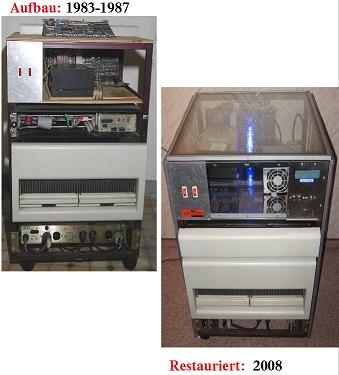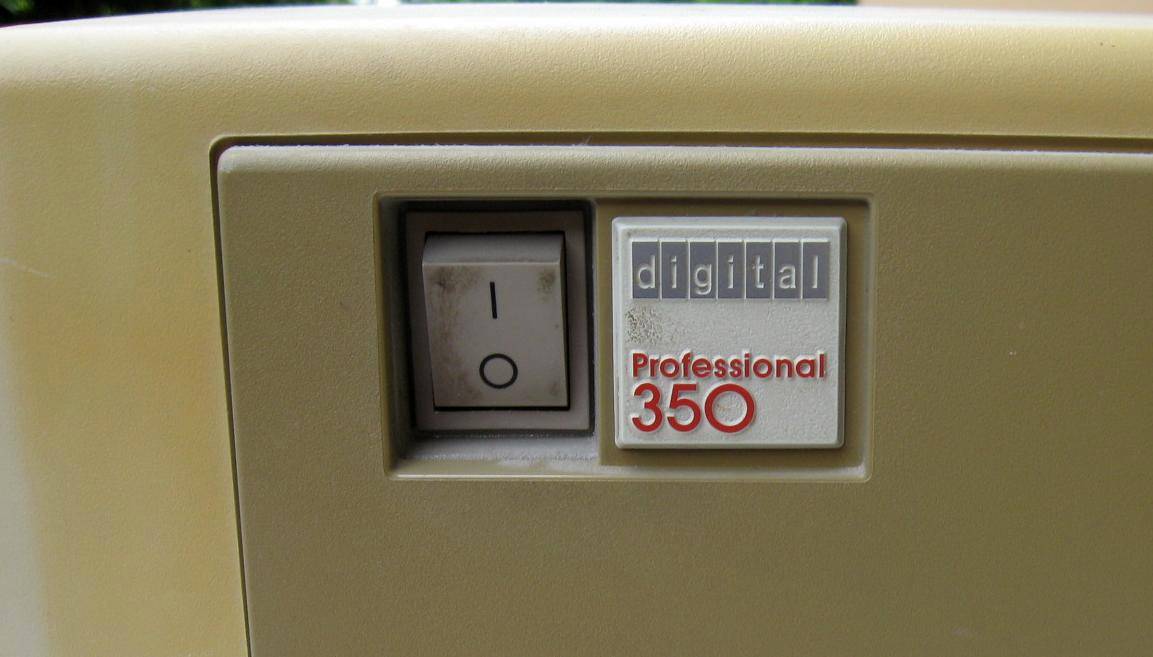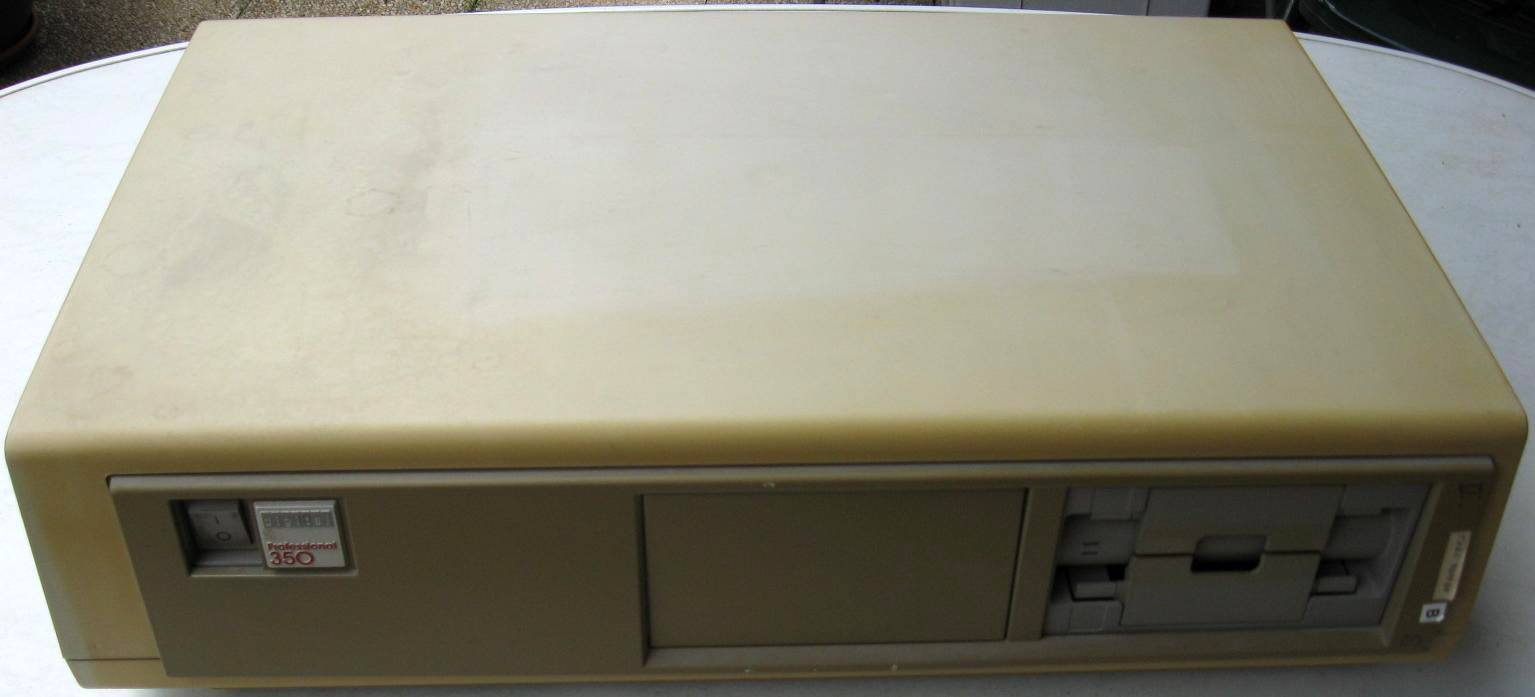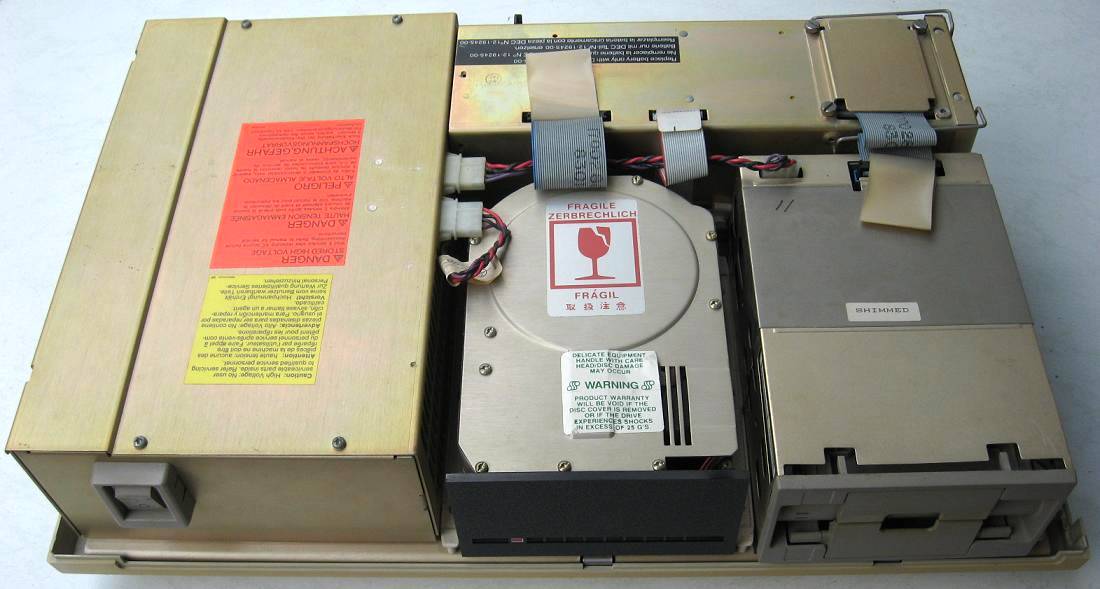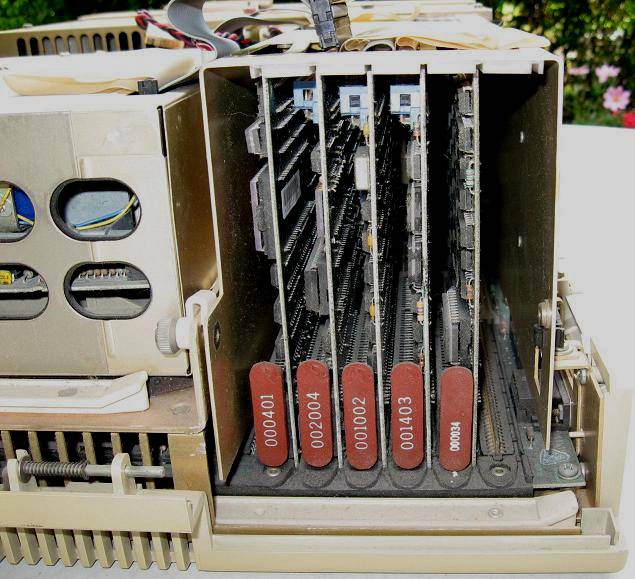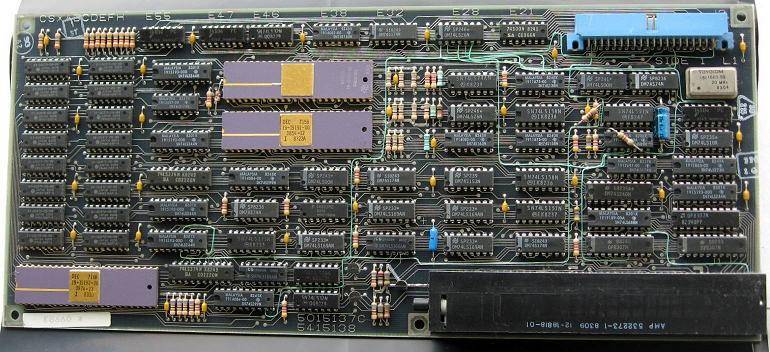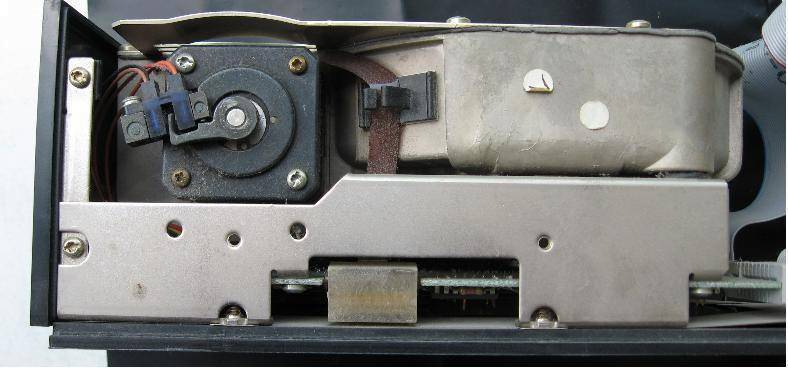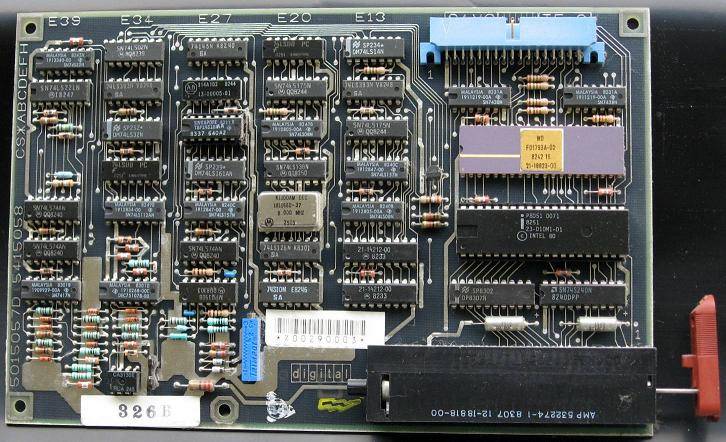|
The DEC
Professional
350
( PRO-350) PC
was developed in 1982 and was worldwide published as of 1985.
The
entry model was the PRO-325
system.
This system only was equipped with a quad-density Floppy disk
drive ( known as RX50 ). The PRO-350 system was equipped with a 5
or 10 Mbyte hard disk ( known as RD50/RD51) in addition. The
development was done with an extremely big overhead of DEC first.
It was one of the greatest challenge of DEC to become the Desk-Top
market leader but this did not turn out well, though and
unfortunately, it failed at long last. A very impressive VIDEO
about
the development of the PRO- 325 is provided from the
COMPUTER-HISTORY
museum.
A
technically
detailed documentation is available here
.
|
|
The
operating system for the Professional
300
Serie was P/OS(
Professional
Operating
System
), a
modified version of RSX-11M
with
a menu-driven core user interface. Despite much internal
criticism, the DEC marketing made up its mind to use the RSX-11M
operating system as a basis for the P/OS. My opinion on it: It was
the greatest erroneous decision in the company-history of DEC.
RSX-11M was a Multiuser, Multitasking , Realtime operating system
and not appropriated for the desk top environment. In my opinion
were other systems been suitable much more better, like RT-11 with
mit DIBOL and CIS ( Commercial Instruction Set ), RSTS or MUMBS.
Result: The Professional 300 Series was not sold roughly in the
desired quantities.
|
